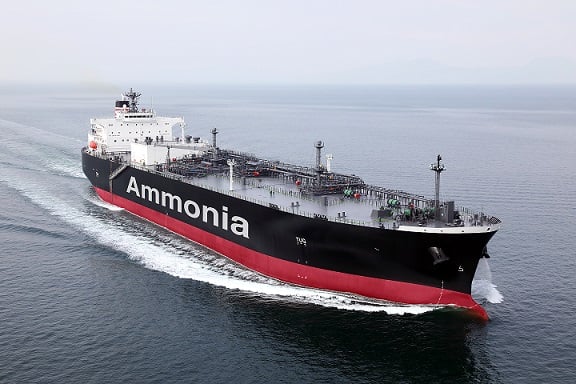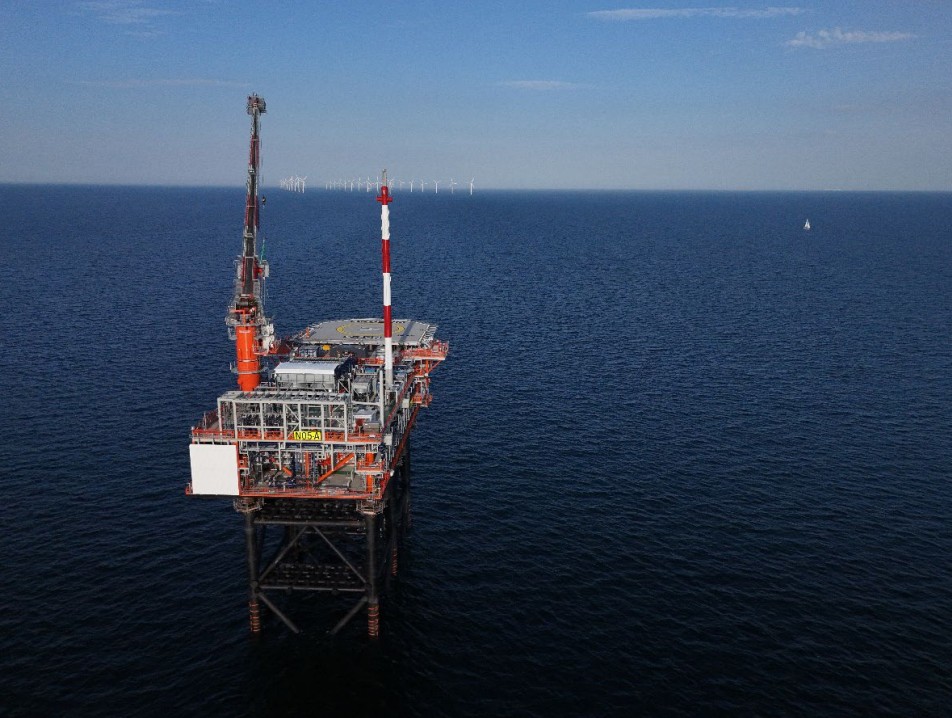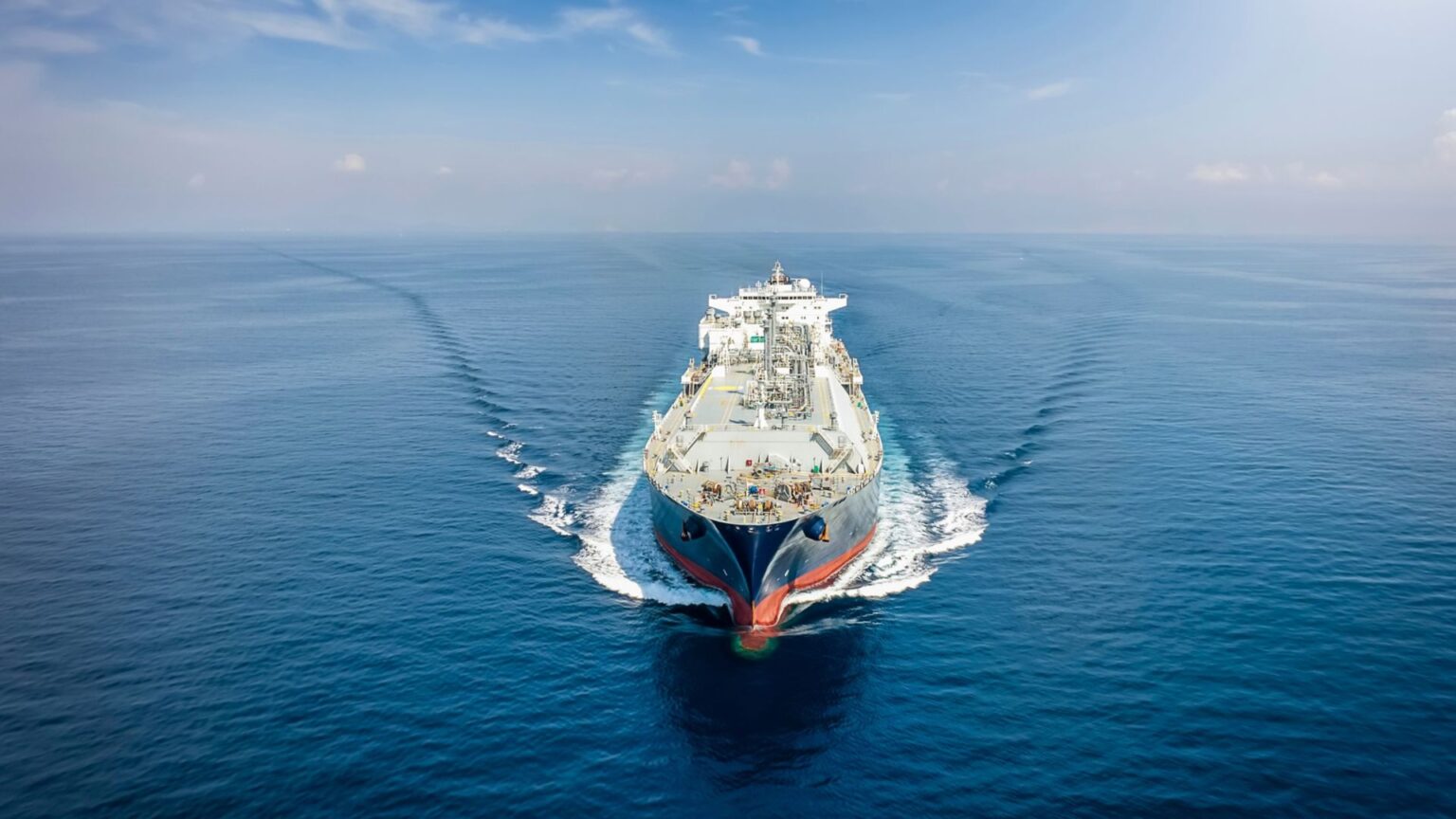英国发布氨燃料新指南 助力航运业绿色转型
作者: 发布时间:2025年04月27日 浏览量:421 字体大小: A+ A-

图片来自网络,版权属于原作者
来源:Offshore Energy 2025-04-25
翻译:国际海事信息网 檀智 张运鸿
英国海事和海岸警卫署(MCA)近日发布氨作为船用燃料的使用指南,标志着该国推动航运业广泛采用替代燃料迈出“关键一步”。
根据披露,这份于2025年4月16日发布的指南为运营商、造船厂及船级社开发或改造氨动力船舶提供了框架。氨虽为零碳燃料,但具有高毒性和易燃性,该文件对此类燃料的应用提出规范。
具体而言,英国海事和海岸警卫署指出,指南阐述了船东如何通过国际海事组织(IMO)的“替代设计安排”(ADA)流程为其氨动力船舶申请运营许可。该流程基于《国际海上人命安全公约》(SOLAS)的风险设计原则,旨在识别并缓解船舶运营中的主要风险。
对于总吨位超过500吨的船舶,该机构目前依据IMO《国际散装运输液化气体船舶构造和设备规则》(IGC规则)对载运氨气的船舶进行监管;而500总吨以下船舶则需通过个案审批。
据了解,英国海事和海岸警卫署已联合运营商和船级社,根据IMO《国际使用气体或其他低闪点燃料船舶安全规则》(IGF规则)发布的临时指南,对使用氨燃料的船舶实施监管。该机构表示,正与其他IMO成员国合作完善指南,计划在后续审查后将其纳入IGF规则。机构代表进一步解释,IGF规则要求提交替代设计方案至管理部门审批。
针对氨燃料的特性,新指南明确船东责任,要求氨动力船舶系统安全性须达到传统燃料船舶水平,包括定期开展风险评估、制定缓解措施并提交完整技术文件供审查。
此外,英国海事和海岸警卫署强调了船员接受专业培训的“紧迫性”。目前,针对氨等低闪点燃料的船员培训需符合《国际海员培训、发证和值班标准公约》(STCW)的IGF规则要求。
该机构透露,正与培训机构合作,计划于2025年年中推出针对常规船型的甲醇燃料专项课程,并于同年9月将氨燃料基础培训正式纳入英国海事课程体系。
此前,劳氏船级社海事脱碳中心(Decarb Hub)与马士基·迈克-凯尼·穆勒零碳航运中心(MMMCZCS)在2025年2月的报告中重申了氨作为船用燃料的“重要性”,但同时指出行业面临处理这一清洁能源的“巨大”劳动力挑战。报告显示,多达80万名从业者需提升技能,以应对氨及其动力船舶的独特风险,包括毒性、易燃性、爆炸风险及材料兼容性问题。
为平稳过渡至氨动力运营,两家机构建议监管机构和船旗国修订全球培训标准,船东和运营商开展内部分析并升级企业政策,海员主动寻求技能提升机会,同时培训机构需开发基于能力的实训模块及安全演练课程。
(本文版权归国际海事信息网所有,图片版权归原作者,转载请注明出处。)
The UK’s Maritime and Coastguard Agency (MCA) has released new guidance on the use of ammonia as a marine fuel, marking a ‘vital’ step toward enabling wider alternative fuel adoption in the country’s shipping industry.
As disclosed, the guidelines, issued on April 16, 2025, provide a framework for operators, shipbuilders, as well as classification societies looking to develop or retrofit vessels powered by ammonia, a zero-carbon but highly toxic and flammable fuel.
More specifically, the MCA has noted that the document offers insight into how shipowners can seek a stamp of approval for the operations of ships that run on ammonia, primarily through the International Maritime Organization’s (IMO) alternative design arrangement (ADA)—a risk-based design process catered under SOLAS, which identifies and mitigates the main hazards associated with a vessel’s operation.
As informed, for ships above 500 gross tonnes, the Maritime and Coastguard Agency at present regulates those units carrying ammonia as cargo under the IMO’s International Code for the Construction and Equipment of Ships Carrying Liquefied Gases in Bulk (the IGC Code). For units under 500 GT, there is a case-by-case approval system.
It is understood that the MCA has worked together with operators and classification societies to regulate ships using ammonia under the IMO’s interim guidelines published as part of the International Code of Safety for Ships Using Gases or Other Low-flashpoint Fuels (IGF Code).
The agency said that it is also collaborating with other IMO member states to refine the guidelines, with the goal of incorporating them into the IGF Code in the future, following reviews. As representatives from the UK government agency elaborated, the IGF Code necessitates an alternative design arrangement to be submitted to the administration.
In terms of ammonia, in particular, the MCA’s brand-new guidance has placed responsibility on the shipowner, stipulating that owners and operators of vessels must ensure that the ammonia-fueled systems are as safe as conventional ones. This includes recommendations to perform regular risk assessments, craft mitigation strategies and submit full technical documentation for review.
What is more, the MCA has highlighted the “urgency” of making sure that crew members are properly trained to handle ammonia. As noted, crew training for alternative low-flashpoint fuels—ammonia among them—is currently governed by the IGF Code training requirements under the International Convention on Standards of Training, Certification and Watchkeeping for Seafarers (STCW).
The MCA shared that it has been collaborating with training providers to roll out a dedicated methanol course for convention-sized vessels, with initial courses planned for the middle of this year. Meanwhile, basic ammonia fuel training is set to formally be introduced into the UK’s maritime curriculum starting in September 2025.
To remind, in a February 2025 report, Lloyd’s Register Maritime Decarbonisation Hub (The Decarb Hub) and the Mærsk Mc-Kinney Møller Center for Zero Carbon Shipping (MMMCZCS) reiterated the ‘significance’ of using ammonia as a marine fuel, but also underscored that the industry was facing a ‘tremendous’ workforce challenge pertaining to the handling of this clean energy source.
Namely, the partners’ report found that as many as 800,000 workers need to be upskilled to deal with the unique hazards associated with handling ammonia and ammonia-powered vessels, such as toxicity, flammability, explosions and material incompatibility.
To facilitate a bump-free transition to ammonia-powered operations, the MMMCZCS and the Decarb Hub recommended that regulators and flag states revise global training standards, shipowners and operators perform internal analyses and upgrade corporate policies, seafarers seek upskilling opportunities and training providers to organize competency-based training modules with practical safety drills.
来源:simic






